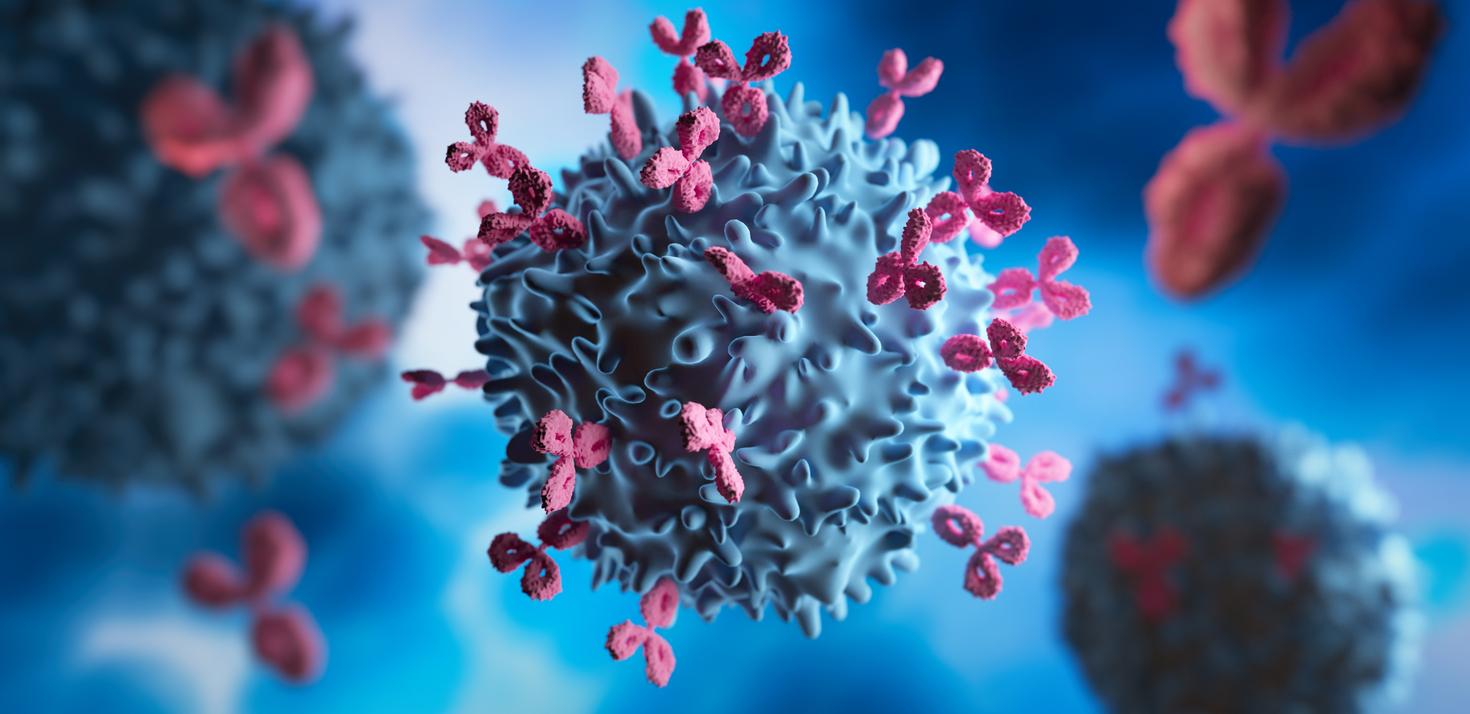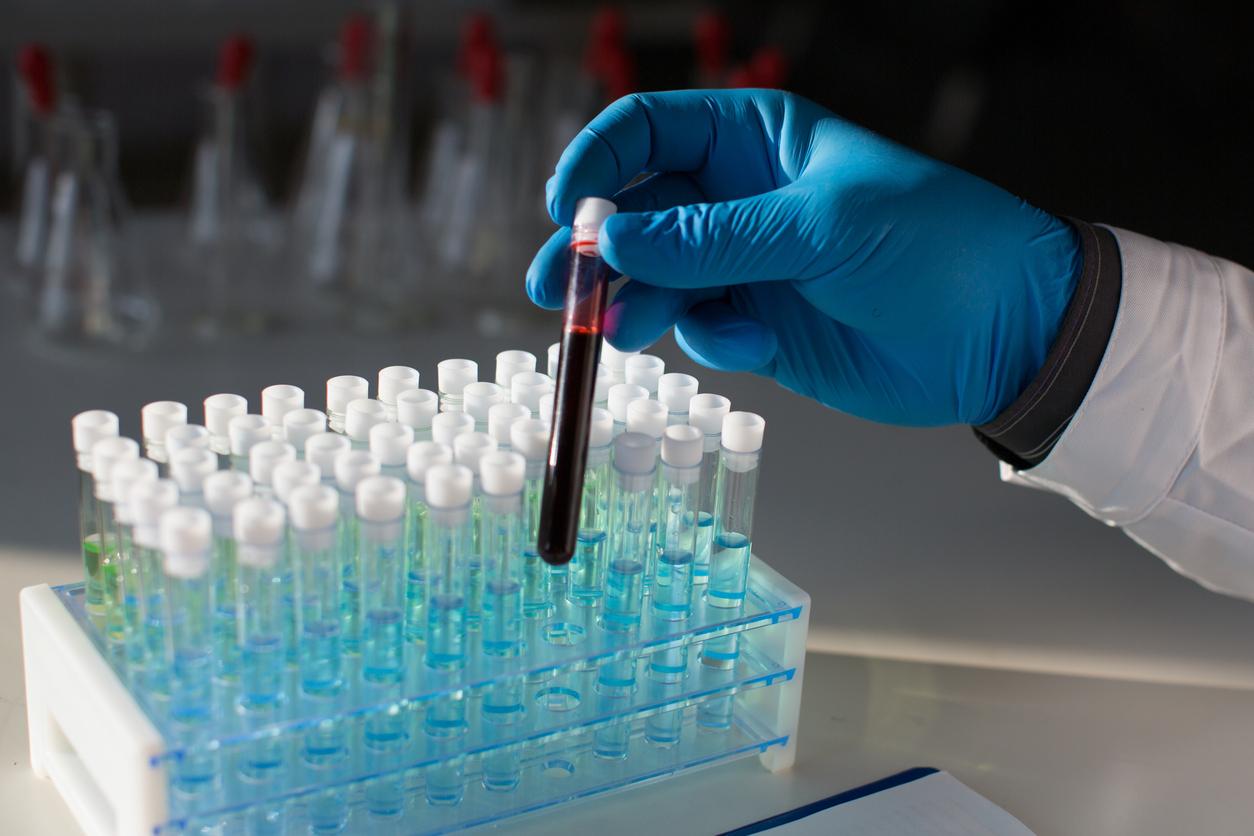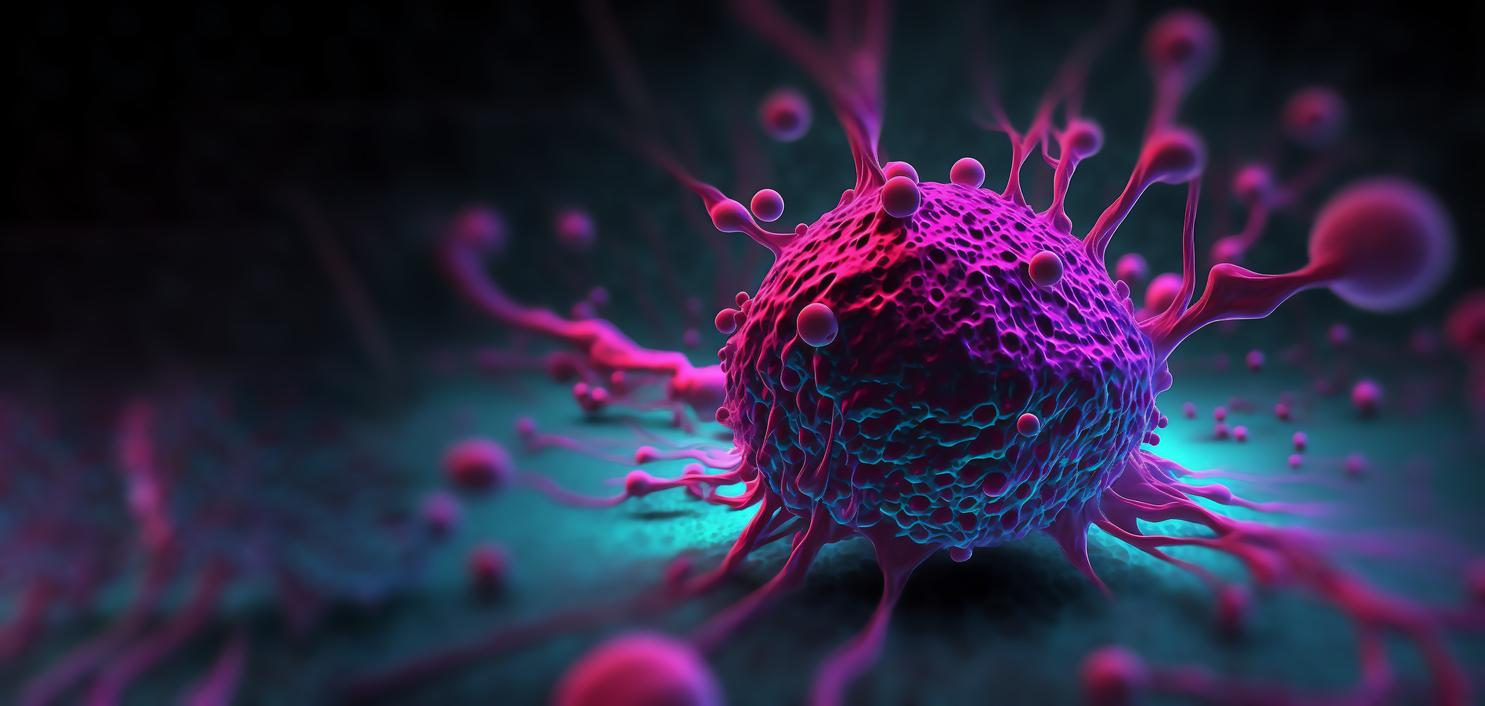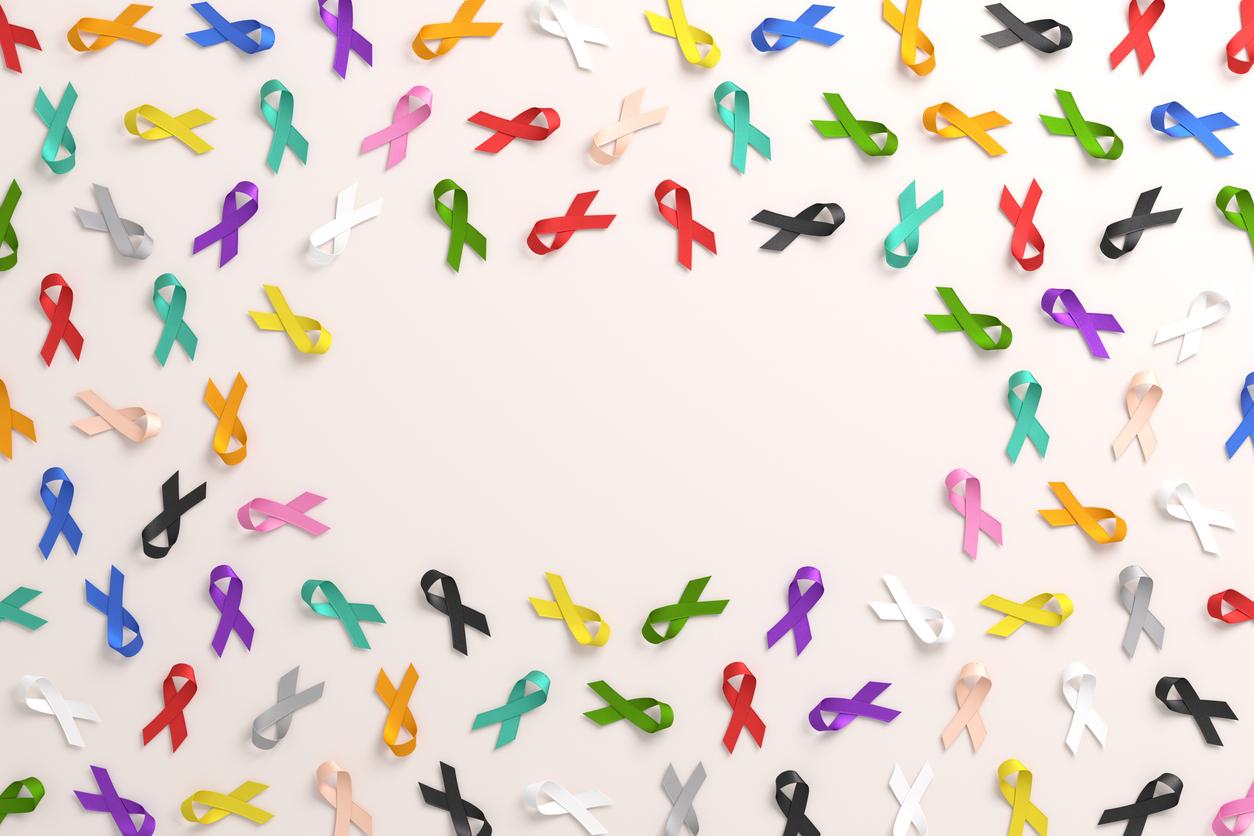New, innovative treatments that are very expensive were presented at the last annual American Congress of Oncology. Who will be able to afford these drugs? Are some patients doomed when the solution exists?

ASCO *, the annual American cancer conference which brings together 40,000 delegates each year, offers thousands of communications and an exhibition, organized by the pharmaceutical industry to promote their drugs, with a luxury that may seem indecent in the face of financial difficulties of all health systems. New, innovative, expensive, very expensive drugs appear during this congress! A price justified or not is not the subject today, but a finding that requires reflection: who will be able to afford these drugs and is there a loss of opportunity for certain patients, some of whom are condemned? while the solution exists.
Confirmation from Muriel Dahan, director of recommendations and drugs at the National Cancer Institute, INCA: “If we do not give ourselves the means to offer all the patients who can benefit from them, these innovative drugs, we can clearly speak of loss of luck… “. This simple observation imposes a strategy in several stages.
Precision medicine
First define precisely which patients can benefit from this innovation. Clearly, do not “spray” all those who suffer from a type of cancer, but make the specialty “precise”. “Precision medicine” is moreover one of the key expressions of this 2018 congress. Doctors already have, for the same cancer, tests allowing, by analyzing the DNA of the tumor, to know whether the treatment is or will be effective. A revolution which already makes it possible to say, for example, that in breast cancer a certain number of women could eventually do without chemotherapy. This is what we call the “revolution underway in cancer”: the existence of effective and better personalized treatments.
Efficiency and safety
Next step: we must ensure the absence of side effects of these new treatments. On this point, research has placed the quality of life of patients in the specifications for innovation, and it is indisputable that, initially, the toxicity is much lower than the old poorly targeted and overpowering drugs. To confirm !
Concretely, the reimbursement process involves a number of verifications, which lead to a European marketing authorization. This is essentially discussed on the balance between the advantages and the disadvantages, which must tilt significantly towards the beneficial effects.
We also evaluate the service provided by this drug, a complex scientific analysis. If this service is not sufficient, there is no question of reimbursement: in particular if the comparison with old drugs is not obvious for the new product.
In the event of proven efficacy and safety for innovation, a headache begins – in our country at least – for health insurance. This saves time by requesting “free” laboratory tests, known as ATUs, Temporary Authorizations for Use. This strategy is only time-consuming and above all risks increasing the desire of doctors to use this product if the results are positive. This is for example what happened during this ASCO, with bladder specialists, horrified to find that the use of an effective product in a form of bladder cancer would become impossible. “It is 2000 patients unjustly condemned to death” as one of these doctors told us, on condition of anonymity. Because the file is sensitive …
Loss of luck?
Finally, last step, and not the least, we must ensure that we will have the capacity to offer this innovation to all these selected patients. If we do not succeed, it is indeed a waste of luck.
The Inca has a fundamental mission in access to medication, which is included in all cancer plans. Promoting equitable access and throughout the territory is an issue that covers several fields, a single and national reference point: the relevance of care, the use of drugs, and its place in the overall control strategy. against a particular form of cancer.
This orientation given… remains for the payer to decide. For Professor Muriel Dahan, there is room for improvement: “There have been legislative regulatory changes which have led to a shift in the methods of integrating the drug into a set of financial support. These changes have not favored the equality of treatment concomitant with a significant amount of innovations that have arrived on the market. With – it must be emphasized – successive indications in different forms, even other cancers, which made the reimbursement file more complex “.
Historically, our country was extremely innovative in terms of the arrival of innovative drugs, the very early use of which was allowed thanks to ATUs, which placed us in the first position for rapid access. Today this is no longer the case, with the extensions of the indications and the necessary regulatory adaptations. And the word loss of luck is on everyone’s lips.
As for those who might be tempted to afford innovation, if they have the means, this approach seems impossible in practice even if it is theoretically possible.
The anger of the sick
A French doctor is well aware of this loss of chance that he has been fighting for years: Professor Gilles Vassal, one of the best pediatricians in cancer. In his discipline, drugs – those for adults – exist, but cannot be used due to the harsh conditions of use in children. It is the associations of patients, at least of parents of small victims, which allowed doctors to win their case, with permanent pressure on the political world and especially the media.
When will the people in the streets demand reimbursement for innovation? We’re getting closer …
* ASCO: American Society of Clinical Oncology

.

















